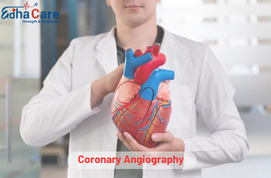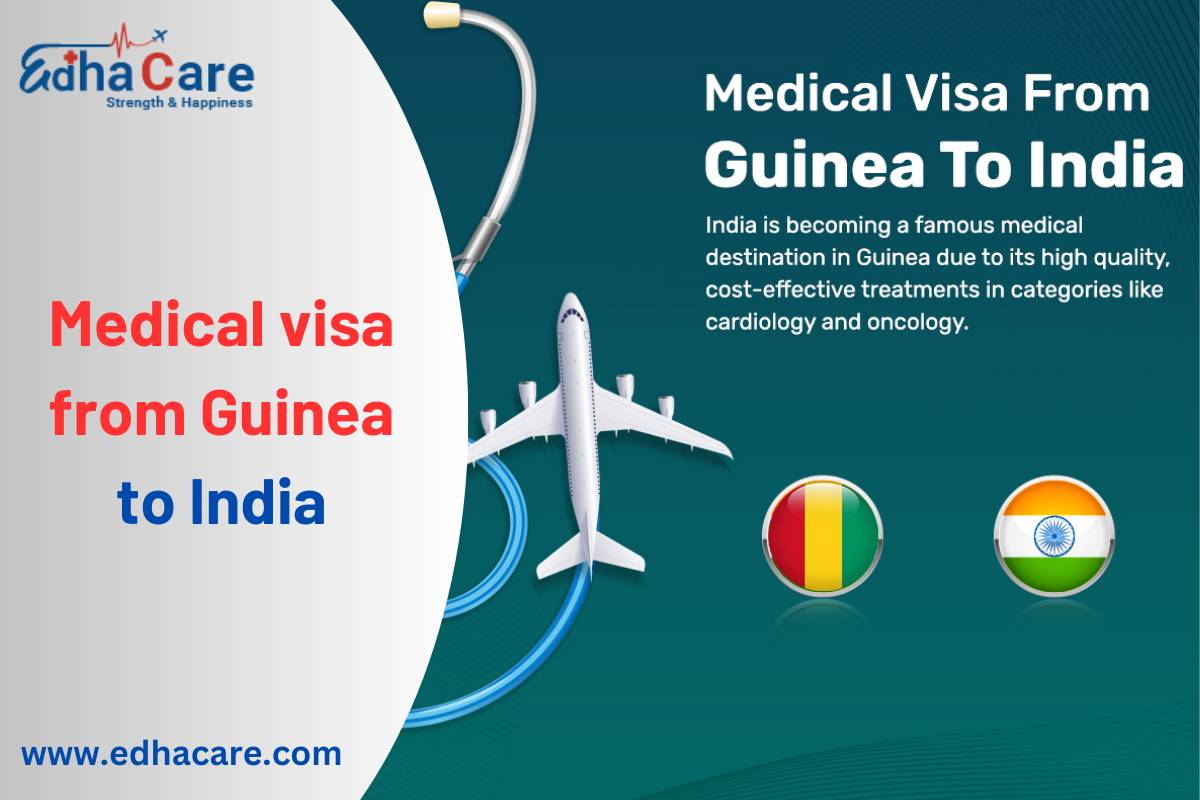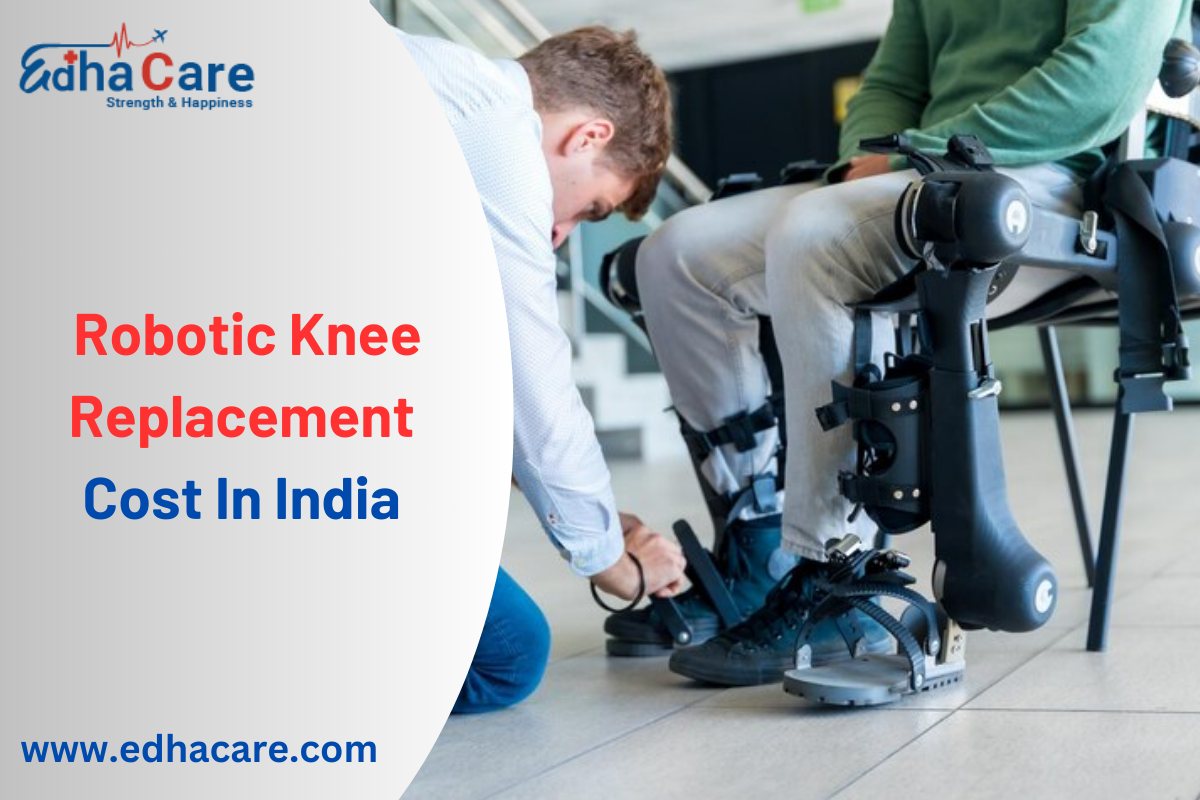Aortic Stenosis Treatment
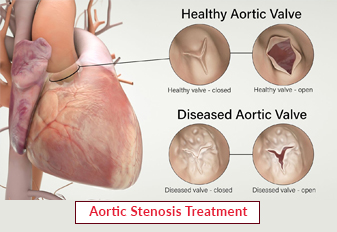
Aortic valve stenosis or aortic stenosis is a type of heart valve disease (valvular heart disease). The valve between the lower left heart chamber and the body's main artery is narrowed and doesn't open completely. As a result, this reduces or blocks blood flow from the heart to the aorta and the rest of the body.
Treatment of aortic stenosis depends on the severity of the condition. You may need surgery to repair or replace the valve. Without treatment, severe aortic valve stenosis can lead to death.
Book an AppointmentAbout Aortic Stenosis Treatment
Aortic stenosis treatment is performed with the goal of relieving the obstruction caused by the narrowed aortic valve, restoring normal blood flow, and alleviating symptoms associated with the condition. The treatment approach may vary depending on the severity of the stenosis, the individual's overall health, and their suitability for certain interventions.
Symptoms Of Aortic Stenosis
Aortic valve stenosis ranges from mild to severe. Symptoms generally occur when the narrowing of the valve is severe. Some people with aortic valve stenosis may not have symptoms for many years. While symptoms can vary in severity, they typically develop gradually and may include:
-
Chest Pain: Individuals with aortic stenosis may experience chest pain or discomfort, especially during physical activity or when the heart has to work harder.
-
Shortness of Breath: Breathlessness, especially during exertion or when lying flat, is a common symptom. It can progress to difficulty breathing even at rest in severe cases.
-
Fatigue: Reduced blood flow to the body can lead to feelings of extreme tiredness and weakness.
-
Dizziness or Fainting: Inadequate blood supply to the brain can cause dizziness, lightheadedness, or fainting, often associated with sudden changes in position.
-
Heart Murmur: A healthcare provider may detect a heart murmur during a physical examination, which is a telltale sign of aortic stenosis.
-
Irregular Heartbeat: Some individuals may experience palpitations or irregular heartbeats due to the increased workload on the heart.
Procedure of Aortic Stenosis Treatment
Treatment for aortic valve stenosis depends on the symptoms and the severity of the condition. In case of mild symptoms, one simply needs regular check-ups and normal medications. You may eventually need surgery to repair or replace the diseased aortic valve, even if you don't have symptoms. Aortic valve surgery may be done at the same time as other heart surgery. Here is an overview of the procedures commonly used:
-
Medications: Medications may be prescribed to manage symptoms and complications associated with aortic stenosis. These may include:
a. Diuretics: Diuretic medications help reduce fluid buildup in the body, relieving symptoms of heart failure and reducing strain on the heart.
b. Beta-Blockers: Beta-blockers can help control heart rate and reduce angina symptoms in individuals with aortic stenosis.
c. Antiplatelet Drugs: Antiplatelet medications, such as aspirin, may be prescribed to reduce the risk of blood clots in individuals with aortic stenosis. -
Balloon Valvuloplasty: This procedure can treat aortic valve stenosis in infants and children. In adults, the aortic valve tends to narrow again after the procedure. So it's usually only done if you're too ill for surgery or you're waiting for a valve replacement because additional procedures are typically needed to treat the narrowed valve over time.
-
Transcatheter Aortic Valve Replacement (TAVR): TAVR is a less invasive procedure for individuals who are not suitable candidates for traditional open-heart surgery. In this procedure, a catheter is inserted through a blood vessel (often in the groin) and guided to the heart. A replacement valve is then positioned within the narrowed aortic valve, effectively restoring normal blood flow.
-
Surgical Aortic Valve Replacement (SAVR): SAVR involves open-heart surgery to replace the narrowed aortic valve with a prosthetic valve. The pulmonary valve is replaced with a biological lung tissue valve from a deceased donor This more complicated surgery is called the Ross procedure. The damaged valve is removed, and a new valve, either mechanical or biological, is sewn in its place.
Require Assistance?
Get A Quick Callback From Our Healthcare Experts
Other Specilities We Cover
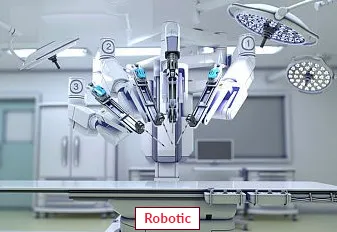
Robotic Heart Bypass Surgery
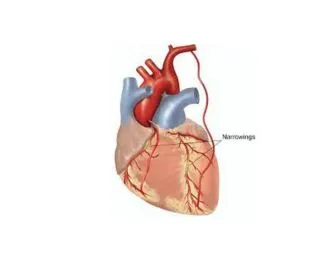
Heart Bypass Surgery
